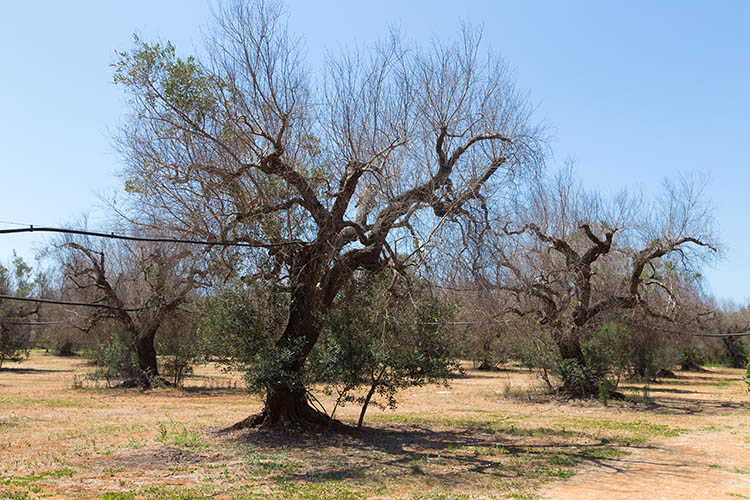
These rapid swings between wet and dry weather are increasing worldwide – and are a key explanation for the Los Angeles wildfires
By
Weather patterns vary. As seasons change, levels of precipitation, humidity and heat fluctuate – but scientists are becoming increasingly concerned by the rates at which these variations occur, and with good reason.
The devastating Californian wildfires that have ravaged communities in Los Angeles are thought to have been linked to a phenomenon scientists have dubbed as ‘hydroclimate whiplash’ – sudden, large and/or frequent transitions between very dry and very wet conditions.
Enjoying this article? Check out our related reads:
California isn’t the only region to have experienced hydroclimate whiplash – other countries around the world are reporting these weather events. New research, published in Nature journal, has shown that since the mid-1990s, hydroclimate whiplash events have increased in frequency from 31 per cent to 66 per cent.
How exactly are they caused, and what damage can they do? And should we brace ourselves for even more hydroclimate whiplash?
Explaining hydroclimate whiplash
Scientists have coined a new term in their recent research which helps to explain the main force behind these weather fluctuations: ‘expanding atmosphere sponge’, or the growing ability of the atmosphere to absorb water and release it as rainfall.
For every degree Celsius that the planet warms, the atmosphere can hold seven per cent more water vapour. This creates what Stanford climate scientist Noah Diffenbaugh explains is a much ‘more thirsty’ atmosphere.

‘It’s kind of this paradox that as the atmosphere gets warmer, both the amount of water vapour in the atmosphere can increase, and the deficit of water vapour in the atmosphere can also increase exponentially,’ said Diffenbaugh.
Consequently, as the atmosphere warms, it is able to hold much more water – for a longer period – before it is eventually released as precipitation. It is this relationship between global warming and the atmosphere which leads to the extended periods of dry spells and more intense rainfall when it eventually occurs, what scientists now call hydroclimate whiplash.
Wildfires and hydroclimate whiplash
For California – the location of the recent devastating wildfires – such weather patterns have been occurring in recent years, with stormy winters in 2022 and 2023 following a three-year drought. The effects of this ‘flip-flopping’ are especially worrisome. The state is already characterised by its ‘boom and bust’ water supply (with wet years following on from extreme droughts). Over the last two decades, California has experienced both multi-year droughts and extremely wet years, and scientists do expect these fluctuations of weather will become far more pronounced if warming continues to increase.
Along with causing an increased number of droughts and floods, another consequence of this hydroclimate whiplash is an increased risk of wildfires – and may explain the wildfires currently ravaging Los Angeles.
This is because during extremely wet periods, trees, shrubs and other vegetation are able to rapidly grow. In subsequent hot seasons with little rainfall, warmer air is able to pull more water out of the existing plants and soil, drying them out.
Then, all that is needed is a lone spark or strong winds – like the Santa Ana winds in the current wildfires – to cause the perfect storm of environmental factors for a wildfire to start.
As UCLA climate scientist Daniel Swain explains: ‘This whiplash sequence in California has increased fire risk twofold: first, by greatly increasing the growth of flammable grass and brush in the months leading up to fire season, and then by drying it out to exceptionally high levels.’
Will it get worse?
The new research on hydroclimate whiplash has shown that these swings are set to increase in frequency – not just in California, but across the world – because of human-induced climate change.
For Californians, Swain suggests that hydroclimate whiplash is a reality that is here to stay unless the planet is able to curb its warming. As he puts it, the swinging weather patterns are simply the ‘flavour of climate change’ in the region. Wetter periods will become wetter, and drier periods will become drier if we continue on the same trajectory.
Better, long-term measures may help to mitigate hydroclimate whiplash, like monitoring vegetation near at-risk homes and considering in more depth the impacts of extreme rainfall and drought, but the real answer to tackling these weather events is one we all increasingly familiar with: reducing global greenhouse gas emissions which in turn will reduce planetary warming.




